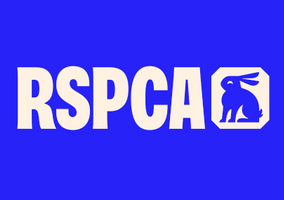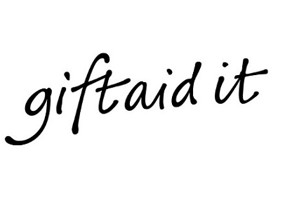Charities in the UK received £1.6bn through gift aid in 2023-24, the same as the year before, according to new data published by HM Revenue & Customs (HMRC).
HMRC’s UK charity tax relief statistics, published today, show that overall tax reliefs for charities in the year to April 2024 amounted to £4.46bn, up 3% on the previous year.
At £1.6bn, gift aid payments remained steady, but HMRC said there was a “small underlying upwards trend” in 2023-24 due to a small proportion of payments slightly delayed from early 2022.
The number of charities that received gift aid in 2023-24 increased year-on-year, after four years of gentle decline, by 3% to 66,310.
Meanwhile, non-domestic rates relief, also known as business rates relief, increased by 6% to £2.56bn.
The Charity Tax Group (CTG) said it was “reasssuring” to see overall tax income was stable for the sector but voiced some concern about the rate of gift aid take-up.
Increase in tax reliefs
Overall, tax reliefs for charities and their donors were just over £6bn, up 3% year-on-year, including £4.46bn for charities (2022-23: £4.34bn) and £1.57bn for donors (2022-23: £1.55bn).
At £750m, inheritance tax reliefs for donations remained steady, while higher-rate relief – relief at higher rates of tax on individuals’ gift-aided donations – increased by 1% to £690m.
Since 2019, gift aid payments to charities have increased by 19%, from £1.35bn to £1.6bn in 2023-24.
Just over half of the £1.6bn went to charities that received under £1m each, a little more than the year before.
Business rates relief, which allows charities an 80% reduction in the corresponding business rate, has remained “fairly stable in recent years and continues to be the largest single source of tax relief granted directly to charities”.
In 2023-24, this relief is forecast to be £2.56bn, 6% higher than in the previous year (£2.41bn).
Meanwhile, stamp duty land tax, which is payable when buying or leasing land or property and relieved for charities, fell by 9% to £300m.
Donations via self-assessment returns increase
The data shows that over 1.3 million people declared a donation on their self-assessment return for the tax year ending April 2023, which is about 1% more than the previous year.
It shows the value of donations declared via self assessment decreased to £3.9bn in 2022-23, compared with £4.1bn in 2021-22, due to a fall in the total value of donations of shares and property.
HMRC said the likelihood to donate increases with income, with 7% of self-assessment taxpayers with income under £50,000 declaring a donation, compared with 37% of those with income over £250,000.
“However, donors earning under £50,000 donated the largest proportion of their gross income compared with higher earners, 3.3% of their income on average,” it said.
Likewise, older people were more likely to donate than younger individuals, with 21% of self-assessment taxpayers aged over 65 declaring a donation, worth 3.8% of their income on average.
Meanwhile, 13% of female self-assessment taxpayers declared a donation, compared with 11% of their male counterparts.
CTG: ‘Knowing that these tax reliefs are stable is reassuring’
CTG chair Richard Bray said: “In a period of economic volatility, knowing that these tax reliefs are stable is reassuring.
“But with these figures we can see, for example, that the rate of take-up of gift aid doesn’t seem to be increasing. That is why CTG will be encouraging the new government to invest in the Future of Gift Aid project.
“Charities vitally need this income when many are struggling to make ends meet.
“It’s also clear from the figures that non-domestic rates relief is a hugely important relief for charities and, perhaps surprisingly, is worth substantially more than gift aid to the sector.
“The new government is committed to reforming non-domestic rates and we need to make sure that whatever new scheme is put in place doesn’t adversely affect the charity sector.
“As always, CTG will review the proposals, seek views from the charity sector and be a passionate advocate to ensure that charities do not lose out.”
Related articles










